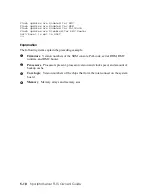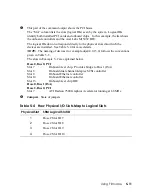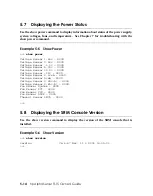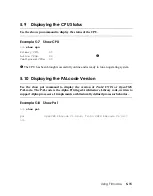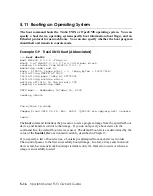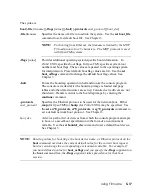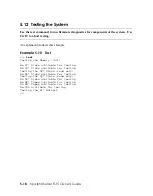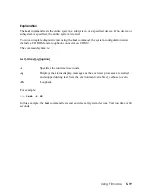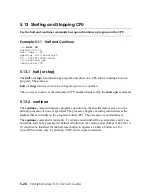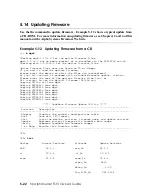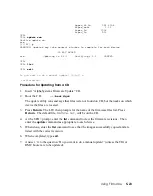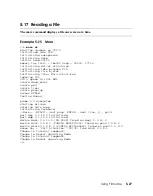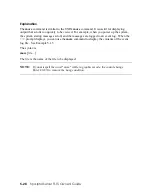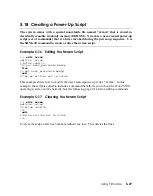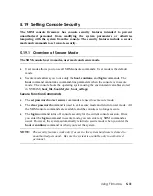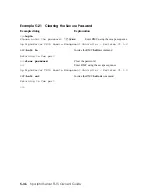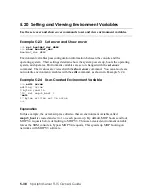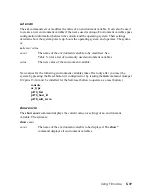
5.15
Forcing a System Crash Dump
When fatal errors occur, the operating system saves the contents of memory to a crash
dump file. Crash dump files can be used to determine why the system crashed. Use
the crash command to force a crash dump.
Example 5–13 Crash
>>> crash
CPU 0 restarting
DUMP: 401408 blocks available for dumping.
DUMP: 38535 required for a partial dump.
DUMP:0x805001is the primary swap with 401407,start our last 38534
of dump at 362873, going to end (real end is one more, for header)
DUMP.prom: dev SCSI 1 3 0 4 400 0 0, block 131072
DUMP: Header to 0x805001 at 401407 (0x61fff)
DUMP.prom: dev SCSI 1 3 0 4 400 0 0, block 131072
DUMP: Dump to 0x805001: ..................: End 0x805001
DUMP.prom: dev SCSI 1 3 0 4 400 0 0, block 131072
DUMP: Header to 0x805001 at 401407 (0x61fff)
succeeded
halted CPU 0
halt code = 5
HALT instruction executed
PC = fffffc00004e2d64
>>>
Explanation
The
crash
command forces a crash dump at the operating system level. This command can
be used when an error has caused the system to hang and the system can be halted with the
halt/reset button (Jumper J22, pins 13-14 must not be inserted for the halt/reset button to
operate as a halt button.) or the RMC
halt
command. The
crash
command restarts the
operating system and forces a crash dump to the selected device. The syntax is:
crash
[device]
The
device
is the name of the device to which the crash dump is written.
5-24
hp AlphaServer TS15 Owner's Guide

